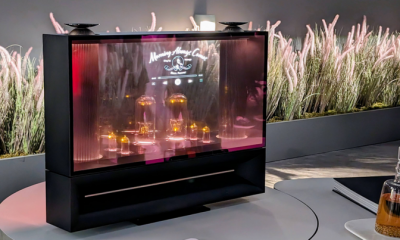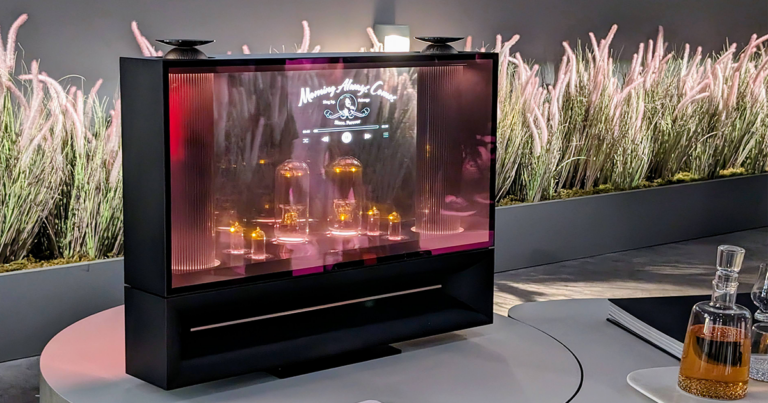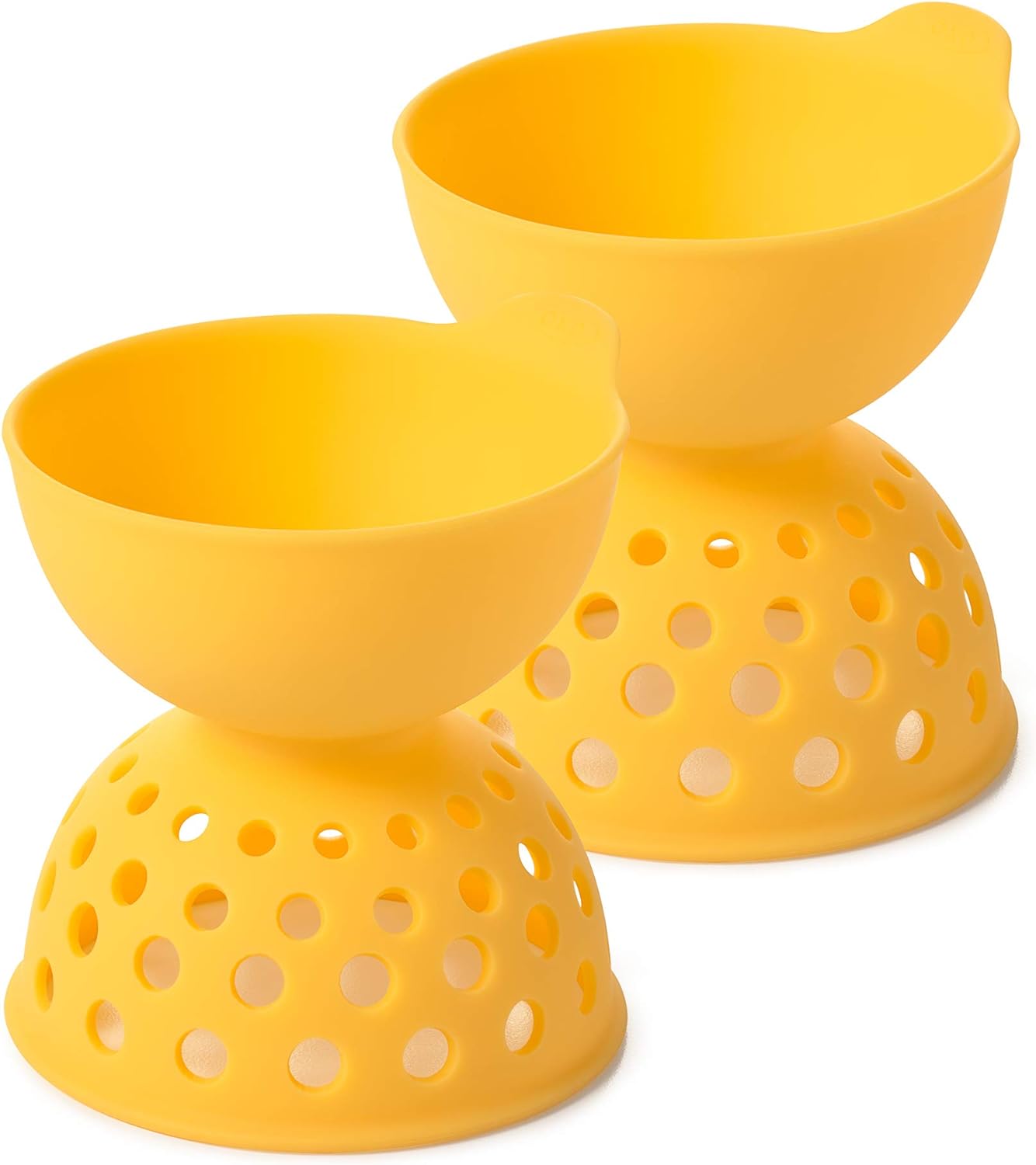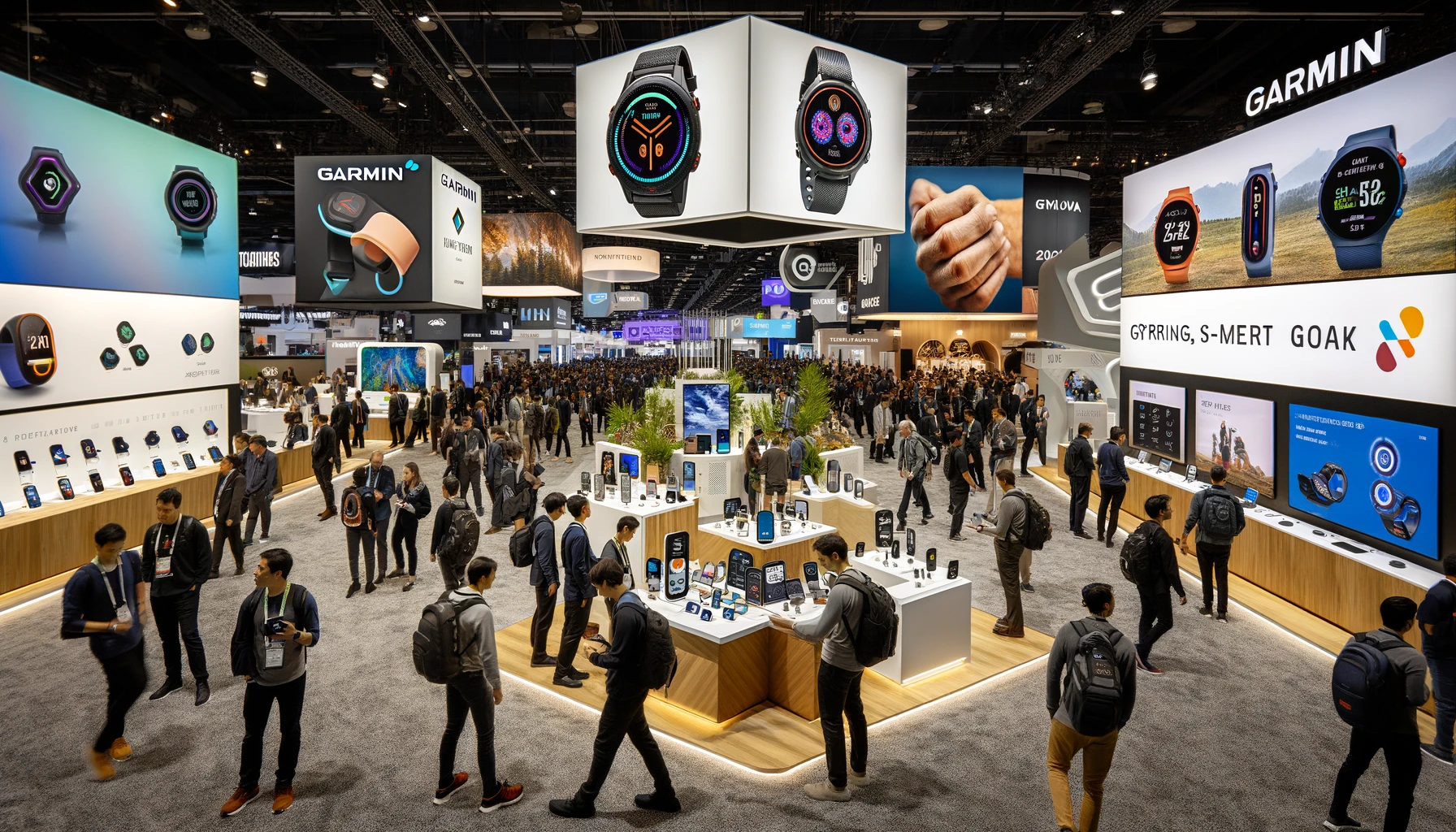Not too long ago, 3D printing only existed in science fiction. Today, it is fast becoming part of everyday life, far from the closed world of laboratories and factories.
Today, anyone who is interested in 3D printing can access the hardware at a reasonable price. But even though the technology is more accessible than ever, it is still a relatively complex matter.
Here are our 7 tips for 3D printing:
Master Calibration
One of the first things you must learn how to do is to calibrate your 3D printer for the most accurate results. This should be one of the very first skills to learn.
If you haven’t calibrated your printer properly, you can easily end up with everything coming out wrong, including your tester cubes.
Invest in digital calipers that will help you to measure precisely the dimensions of your test object.
Start by printing basic objects like cubes and other objects with interesting angles. Your calipers will help you to check the accuracy of the process.
Square Off
It will take a while to master the skills to create excellent objects. Get familiar with the 3D printing process and hone your skills with practice.
Get practice by printing out many square cubes measuring 20mm. As you do this, you will also be getting familiar with your device and how it works.
You don’t have to do boring cubes. Cut cross-sections, add hollow items, and these will help you to check the accuracy of the perimeters.
Patience Pays
If you are in a hurry, you may find that the reality is far from the expectation. The truth is that it takes some patience and skill to come up with functional print outs.
Give yourself time and embrace the learning process. If you give yourself time, you will become successful at it.
The Whole is Greater than the Sum of the Parts
Once you have made enough cubes, you can move on to more complex objects. One of the best ways to work your way up is to start with complex objects that you assemble manually.
It is easier to print many simpler objects than to print our complex objects. Errors are a lot easier and cheaper to correct without redoing everything.
Learn CAD
Computer-aided-design or CAD is a technique for creating the 3d printed designs that you feed into your 3D printer and the designs determine your output.
There are a lot of 3D printers who never learn CAD. But they can only use designs from other people. They cannot come up with their own designs for 3D printing.
Once you learn CAD, you can pursue your 3D printing passion even further.
Starting from a design to a physical end product will give you so much satisfaction.
The 0.25mm Margin Rule
What happens when you print out your designs but they don’t fit together? The 0.25mm rule comes in handy to provide you a margin of error so that all your moving parts fit.
If you plan on inserting a pole into a larger block, the hold should be larger by 0.25mm. This extra 0.25mm is your margin of error.
Plug In
There are tons of people who have already started 3D printing. If you plug into their online communities, you can exchange information and learn from other people’s experiences instead of making all your own mistakes.
These communities are rich sources of information, inspiration, and designs. 3D printing is a fairly complex venture and you will need all the help you can get.
3D printing is a fun and exciting hobby. Follow these tips and you will grow into a 3D printing expert.

 Home3 years ago
Home3 years ago
 Medical3 years ago
Medical3 years ago
 Environment3 years ago
Environment3 years ago
 Medical3 years ago
Medical3 years ago
 Energy3 years ago
Energy3 years ago
 Environment3 years ago
Environment3 years ago














